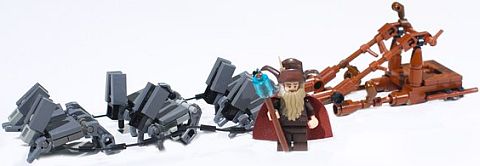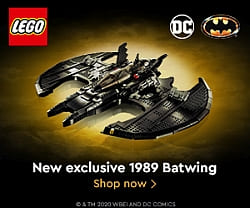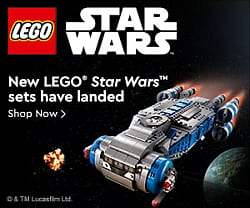Although the 2014 LEGO Star Wars sets won’t be available until March (at least in the USA), LEGO has updated the official LEGO Star Wars website with description and images of all of the 2014 LEGO Star Wars sets, along with short videos on each of them in action. It is worth checking them out! 🙂
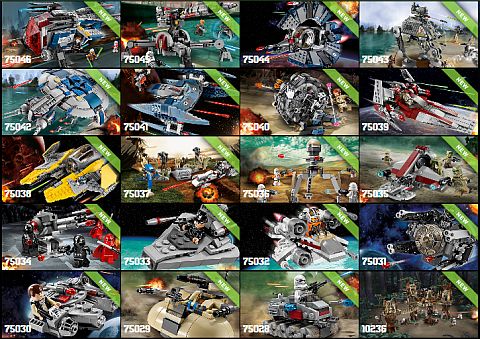
We have already talked about the LEGO Star Wars MicroFighters sets (see: 2014 LEGO Star Wars MicroFighters), so I won’t repeat the information here, just want to mention that it is worth checking out the videos. They make the MicroFighters look really fun.
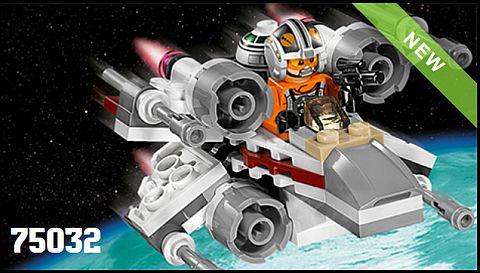
Then there are four 2014 LEGO Star Wars battle-packs: the #75034 LEGO Star Wars Death Star Troopers, the #75035 LEGO Star Wars Kashyyyk Troopers, the #75036 LEGO Star Wars Utapau Troopers, and the #75037 LEGO Star Wars Battle on Saleucami.
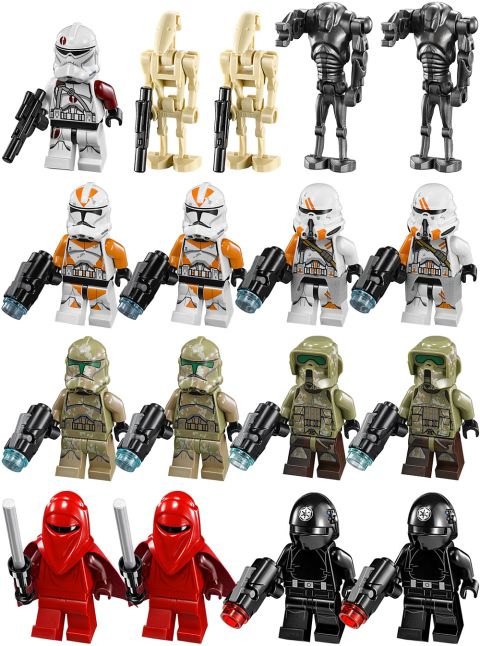
There are also nine 2014 LEGO Star Wars regular sets: the #75038 LEGO Star Wars Jedi Interceptor, the #75039 LEGO Star Wars V-Wing Starfighter, the #75049 LEGO Star Wars General Grievous’ Wheel Bike, the #75041 LEGO Star Wars Vulture Droid, the #75042 LEGO Star Wars Droid Gunship, the #75043 LEGO Star Wars AT-AP, the #75044 LEGO Star Wars Droid Tri-Fighter, the #75045 LEGO Star Wars Republic AV-7 Anti-Vehicle Cannon, and the #75046 LEGO Star Wars Coruscant Police Gunship.
Again, the 2014 LEGO Star Wars sets won’t be available until March (my understanding is that this is the first time the January release of LEGO Star Wars sets have been delayed – due to the early February launch of The LEGO Movie). However you can check out the currently available LEGO Star Wars sets at the Online LEGO Shop.

So what do you think of the 2014 LEGO Star Wars sets? Are you saving up for any of them? And how do you like the LEGO Star Wars battle-packs and the LEGO Star Wars MicroFighters? Feel free to share and discuss in the comment section below! 😉
You might also like to check out the LEGO Star Wars section for more news, reviews and discussions, or select from the following related posts:



